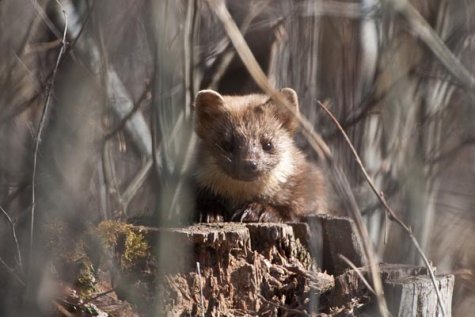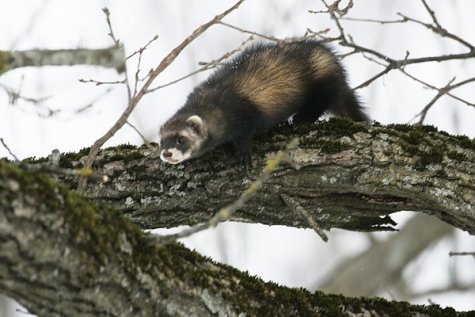About pine martens, polecats and honeybees
Photos: Arne Ader
Translation: Liis
Pine marten
Pine marten Metsnugis Martes martes
Polecat Tuhkur or tõhk Mustela putorius
February, and the snow carpet with a thick ice crust attracts robbers out for easy food – pine martens and polecats – to apiaries, where they are capable of chewing their way into the hive through the flight hole or some larger crack, wherever their teeth can get a hold. One small predator may destroy a small apiary in a brief period of time, eating the bees as well as the honey. Beekeepers try to secure possible spots of attack with metal fittings or nets.
By today snow up to the ankles remains only in Virumaa and south-eastern Estonia. The ground is mostly bare and it is easy for small predators to decimate the numbers of small rodents – we have plenty of those. It seems as if bees have been mostly left alone this winter.
Polecat
In West Estonia and the islands the weather was sunny and almost windless last Tuesday and in some hives bees made cleansing flights – such early cleansing flights cannot even be remembered. In Virumaa and South Estonia the sun started to warm the air only in the afternoon, bees were calm in the hives. Cleansing flights initiate springtime activities in a bee colony…










